What You Need To Know About Type-2 Diabetes – And 6 Top Essential Oil Home Remedies
The Top Essential Oils for Type-2 Diabetes
Overview

Living with type-1 or type-2 diabetes also involves dealing with a wide range of less severe symptoms that can seriously degrade the quality of life, such as frequent infections, slow healing of cuts and wounds, poor digestion, fatigue or burnout, low energy levels, tingling and pain in limbs, loss of sexual desire, and various types of skin problems.
While there is no reliable cure for type-1 and type-2 diabetes, experts say that it can be effectively controlled with mindful eating, lifestyle optimization, and often with natural remedies. One way to improve type-2 diabetes management is aromatherapy – an ancient healing science that employs plant-based essential oils for disease prevention and health promotion.
What is type-1 and type-2 diabetes, and how essential oils may help?
Insulin is a hormone secreted by the pancreatic gland that enables your body to use sugar as energy. When the body cannot produce enough of this crucial hormone (type-1 diabetes), it may cause your blood sugar levels to rise. People with this condition may need to take daily insulin injections to keep their sugar levels in check. This form of diabetes is not like type-2 diabetes and is relatively less common, and essential oils are not very helpful with its symptoms. Essential oils are most helpful with type-2 diabetes.
The more prevalent form is type-2 diabetes. According to the WHO data, more than 95% of people with type-2 diabetes have insulin resistance, which means the body is producing enough insulin but is not able to utilize it effectively.
Additionally, one of the most common complications that result from the effect of diabetes are blindness, high blood pressure, kidney disease, Alzheimer’s disease, neuropathy, and limb amputations. However, essentials oils coupled with the right diet and supplementation can reverse the effects of type-2 diabetes.
For centuries, aromatherapy has been used as an alternative treatment for various symptoms and complications of type-2 diabetes. Essential oils have rejuvenating and healing properties that can help fight inflammation, prevent infections, promote digestive health, boost energy levels, and improve insulin sensitivity. The following are some of the most common and effective essential oils.
BLOOD SUGAR SUPPLEMENT – BUY 3 GET 2 FREE
Best essential oils for type-2 diabetes
1. Black pepper
Famed for its complex aroma that is reminiscent of freshly ground peppers with musky undertones, black pepper is a versatile essential oil that can help with multiple type-2 diabetes symptoms.
When inhaled through diffusion, its warm, uplifting aroma alleviates fatigue, enhances concentration, and stimulates the release of digestive juices. A diluted form of this oil can be applied to the abdominal area to ease symptoms of bloating, gas, heartburn, and constipation.
According to a 2013 study, black pepper can inhibit the production of key enzymes involved in the breakdown of starch to glucose. Inhibition of these enzymes through food or other natural means is being studied as a potential therapy for prediabetes and type-2 diabetes.
2. Melissa (lemon balm)
Numerous studies in recent years have indicated the antioxidant and anti-diabetic potential of melissa essential oil, which is extracted from a lemon-scented herb commonly known as lemon balm. Melissa encourages your cells to consume more sugar than usual, thereby reducing blood glucose concentration.
In a 2010 study, mice administered with melissa essential oil showed significantly reduced sugar levels, increased insulin secretion, and improved glucose tolerance. While essential oils are not considered safe for human consumption, traditional aromatherapists believe that topical application or inhalation produces a similar effect, as the volatile compounds can quickly reach the brain via the limbic system, setting things in motion almost instantly.
3. Coriander seed
Coriander seed has stimulating and digestive properties that can help with gastroparesis, a common complication of diabetes or type-2 diabetes that causes the stomach muscles to slow down or not work at all. The food takes too long to leave your digestive tract in this condition, causing symptoms like heartburn, nausea, bloating, and pain.
When inhaled or absorbed through abdominal massage, coriander seed oil eases the movement of food, improves metabolism, and encourages proper elimination. In ayurvedic medicine, it is frequently used to relieve chronic constipation and inflammatory bowel disease.
Studies have shown coriander seed oil to improve pancreatic function and stimulate insulin secretion in diabetic rats when taken orally.
4. Cinnamon
Cinnamon oil has been used for centuries to fight microbial infections and improve immune response. Some recent studies have indicated that due to its strong antioxidant activity and multiple healing mechanisms, cinnamon may also help improve sugar control and prevent hypertension.
In 2009, a study concluded that cinnamon is a viable anti-diabetic therapy that can help reduce postprandial blood glucose levels because it possess, anti-hyperglycaemic properties.
In a 2010 study, cinnamon oil lowered fasting blood sugar, bad cholesterol, total cholesterol, blood urea, and triglyceride levels in diabetic rats. Meanwhile, protective cholesterol levels and glucose tolerance was significantly improved. Moreover, researchers also noted that cinnamon improved pancreas functioning, which resulted in increased insulin secretion.
5. Frankincense
Poorly managed type-2 diabetes can lower your resistance to pathogens and delay wound recovery. Frankincense has antifungal, antibacterial, antiseptic, and anti-inflammatory properties that can help fight skin infections and promote faster healing of injuries.
Studies have shown that topical application of frankincense can help with vaginal yeast infection and fungal diseases. Frequent fungal infections are a common side effect of high blood sugar. They are also more difficult to treat with commonly available medications due to poor immune response.
6. Lavender, chamomile, and peppermint
High levels of blood sugar may sometimes cause nerve damage, leading to a condition called diabetic neuropathy. The most common type of neuropathy, which occurs in about 50% of people with type-2 diabetes, feels like a tingling pain or numbness in the limbs. Essential oils like lavender, chamomile, peppermint, ginger, and basil are proven to help with this type of neuropathic pain.
A 2015 study found that borneol – a compound found in lavender and chamomile oils – can reduce inflammation and alleviate neuropathic pain in persons with type-2 diabetes.
BLOOD SUGAR SUPPLEMENT – BUY 3 GET 2 FREE
7. Essential oil blend
Essential oils are synergistic in nature, which means the combination of one or more oils produces a greater healing effect than the sum of their individual benefits.
In a 2005 study, a combination of fenugreek, cinnamon, cumin, and oregano oils was found to lower blood pressure and sugar levels in diabetic rats when given as oral droplets. Researchers suggested that the essential oil blend enhances insulin sensitivity and may have a similar therapeutic effect in humans when used in clinical aromatherapy.
How to use essential oils effectively
For therapeutic purposes, it is always a better choice to use a blend rather than a single oil. Preparing a personalized blend also enables you to modify the ingredients according to your individual symptoms.
Here are a few DIY blends that you can use for diffusion or massage. Feel free to adjust doses or ingredients according to your preference, as long as you keep them in similar proportions.
1. Essential oil blend for diabetic neuropathy
- 3 drops of lavender
- 3 drops of Roman chamomile
- 2 drops of frankincense
- 2 drops of ginger
- 3 drops of peppermint
Mix all the ingredients in 30 ml of carrier oil, and use it for massaging the affected area. For diffusion, mix all the essential oils in similar proportions and use 4-5 drops at a time.
2. Massage blend for digestive wellness
- 3 drops of black pepper oil
- 3 drops of coriander seed oil
- 1 drop of cinnamon
- 2 drops of ginger
- 2 drops of grapefruit
- 2 drops of bitter orange
- 30 ml of extra virgin olive oil
Gently massage the abdominal area in big circular strokes, following the direction of the large intestine. Start from the lower right abdomen and move towards the upper left in a clockwise direction. This eases bloating and supports bowel regularity.
3. Diffuser blend for diabetic fatigue
- 2 drops of ginger
- 1 drop of spearmint
- 1 drop of black pepper
- 1 drop of frankincense
4. Massage blend for blood sugar control
- 3 drops of grapefruit
- 2 drops of coriander seed
- 2 drops of cinnamon
- 2 drops of clove bud
- 2 drops of melissa
- 2 drops of lavender
- 30 ml of carrier oil (avocado, sesame, or pumpkin seed oil)
5. Massage blend for type-2 diabetes-induced inflammation
- 2 drops of frankincense
- 2 drops of myrrh
- 2 drops of lavender
- 2 drops of Roman chamomile
- 2 drops of basil
- 2 drops of eucalyptus
- 30 ml of olive or almond oil
6. Essential oil blend for fungal and yeast infections
- 3 drops of tea tree
- 2 drops of pine needle
- 1 drop of cinnamon
- 2 drops of melissa
- 15 ml of coconut oil
Mix all the ingredients and apply with the help of a cotton ball.
Safety and limitations of essential oils
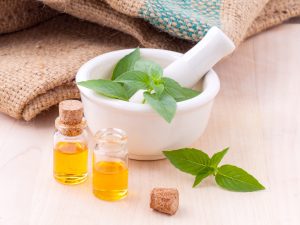
Being highly concentrated, essential oils should always be diluted first and used in extremely low doses. When used with proper care and caution, they are generally considered safe for most people.
When diffusing essential oils in homes, try to limit your exposure to no more than 35-40 minutes at a time. If you experience nausea or anxiety while inhaling an essential oil, this might mean it is not a good fit for you. Stop use immediately and consult your healthcare professional.
Final thoughts
Living with type-1 or type-2 diabetes means that you need to take extra care of your health and invest in some serious self-care practices. Experts have repeatedly pointed out that the key to type-2 diabetes management lies in a preventive lifestyle that focuses more on nutrition and health promotion rather than medications. In fact, medications are known to worsen symptoms over time as they fail to address the root cause.
Essential oils offer a natural way to manage type-2 diabetes more holistically. Used in clinical and massage aromatherapy, they can prevent skin problems, promote hormonal balance, lower diabetic stress, and help with nerve pain. They are also a safer and inexpensive alternative that can reduce the overuse of medications. The best way to use essential oils for type-2 diabetes is to combine them in synergistic blends.
Remember, “Do Something Everyday That Heals Your body.”
To Your Health!
BLOOD SUGAR SUPPLEMENT – BUY 3 GET 2 FREE
References
https://www.cdc.gov/diabetes/library/spotlights/diabetes-facts-stats.html
https://www.cdc.gov/diabetes/basics/type2.html
https://www.who.int/news-room/fact-sheets/detail/diabetes
https://onlinelibrary.wiley.com/doi/abs/10.1002/ptr.2642
https://www.ncbi.nlm.nih.gov/pmc/articles/PMC3856121/pdf/APS2013-926047.pdf
https://pubmed.ncbi.nlm.nih.gov/10434846/
https://pubmed.ncbi.nlm.nih.gov/20561948/
https://pubmed.ncbi.nlm.nih.gov/27671817/
https://pubmed.ncbi.nlm.nih.gov/15715893/
https://pubmed.ncbi.nlm.nih.gov/24373672/
https://www.sciencedirect.com/science/article/pii/S2666396121000212
https://www.ncbi.nlm.nih.gov/pubmed/19930003

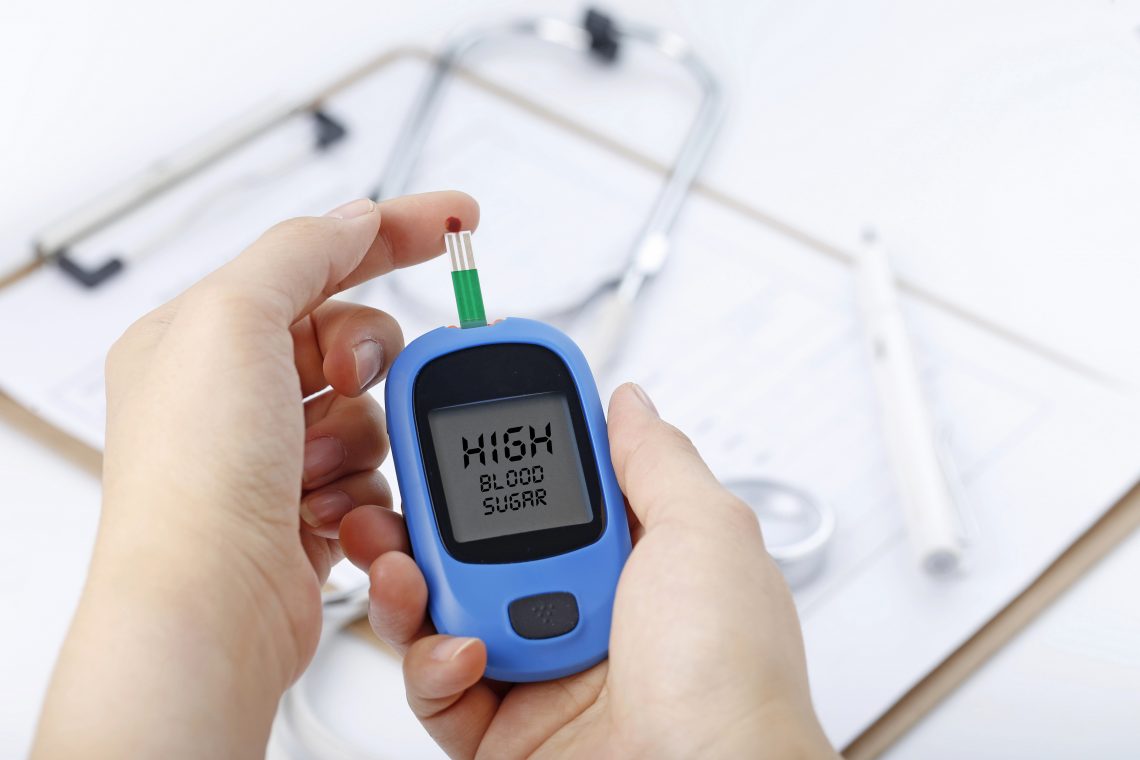


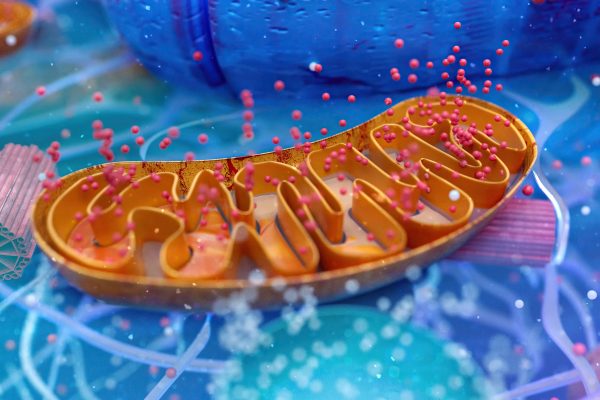
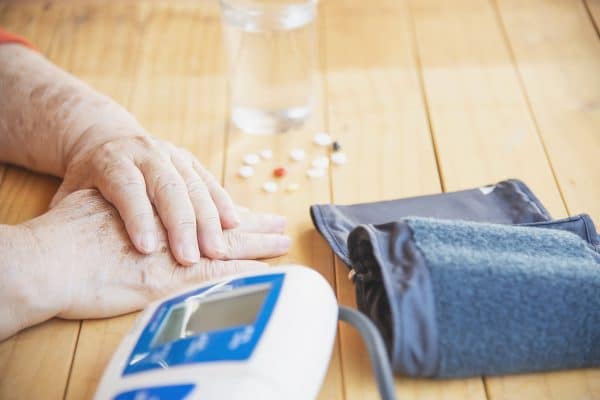
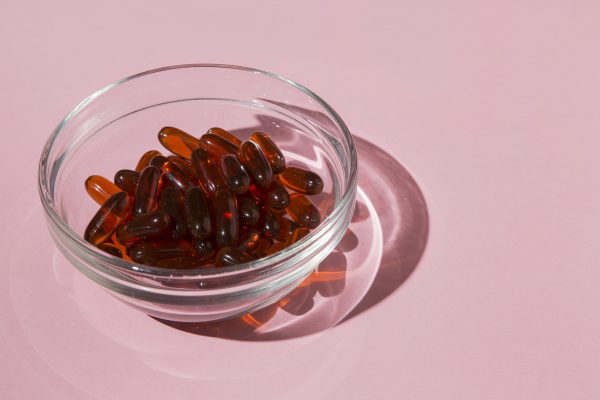
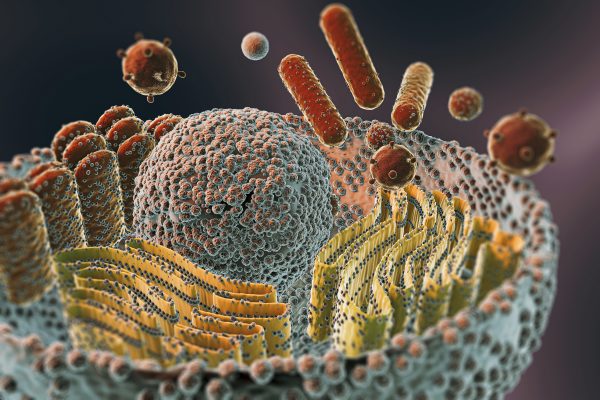
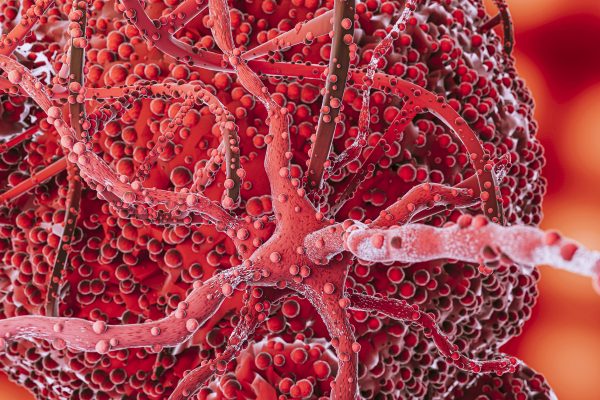
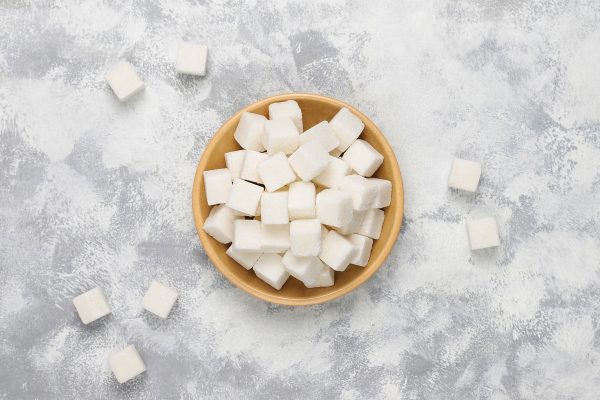

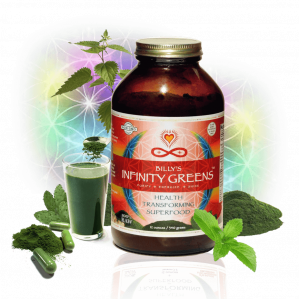
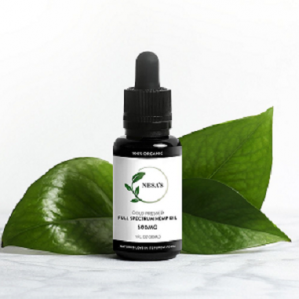
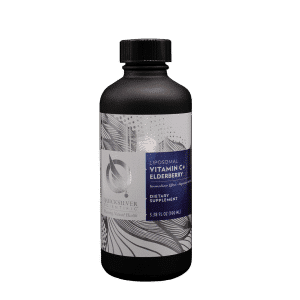
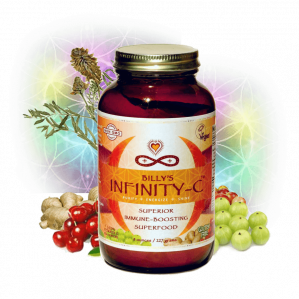



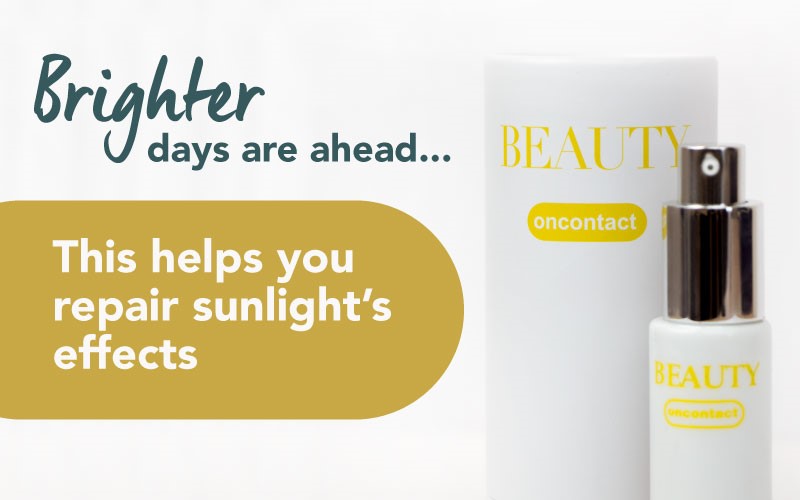
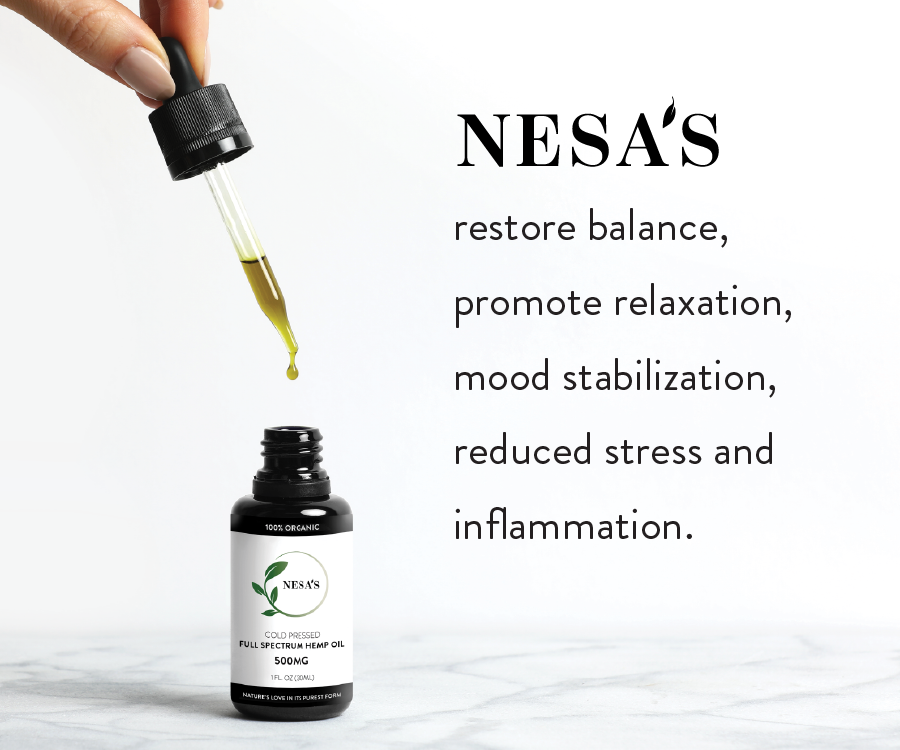
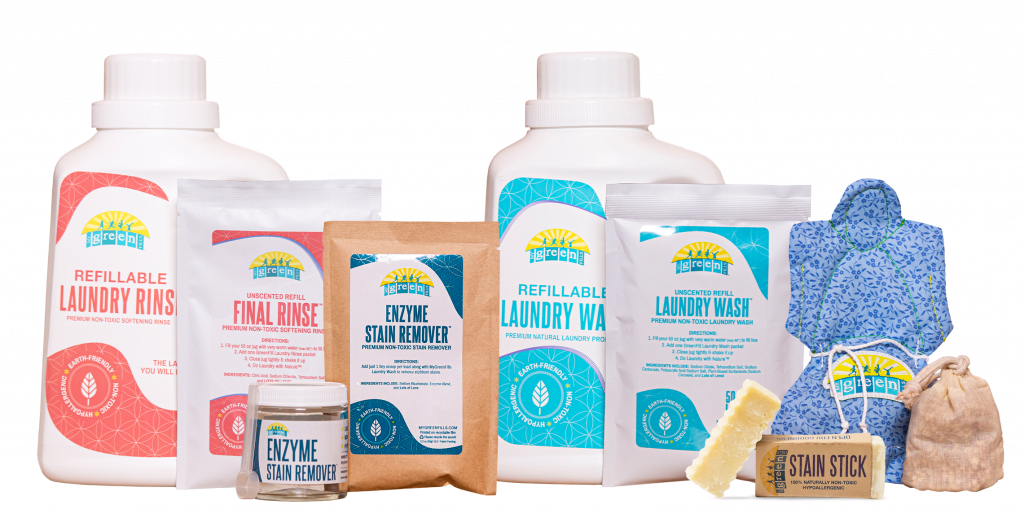






1 Comment
[…] Diabetes mellitus is a type of metabolic condition, which means it affects how your body converts food into energy. During the digestion process, carbohydrates (sugars and starches) from foods we eat are broken down into simpler molecules called glucose, which is then absorbed by the small intestine and released into the bloodstream. Glucose is the body’s preferred fuel and the primary source of energy for nerve cells. It mainly comes from carb-rich foods but can also be made inside the body from other substances, like proteins and fats. […]